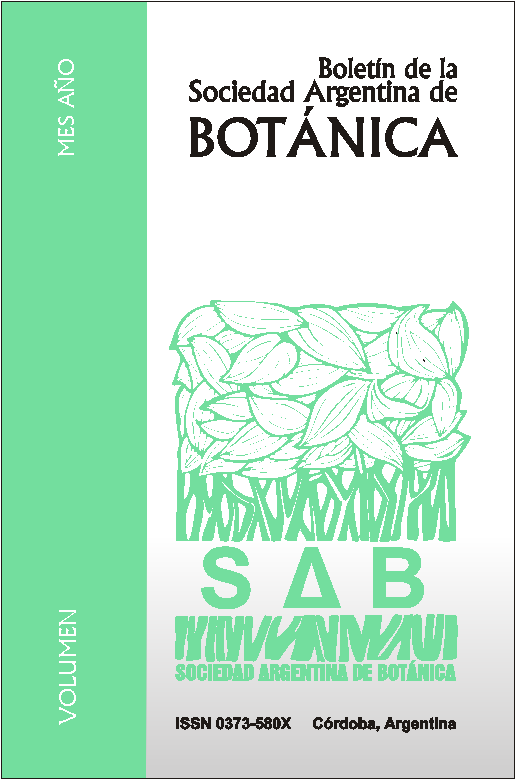Effects of vinasse on the growth and productivity of soybean (Glycine max) under semicontrolled conditions.
DOI:
https://doi.org/10.31055/1851.2372.v53.n4.21982Keywords:
Vinasse, contamination, soybean, growth, stress, yield.Abstract
The vinasse is an effluent generated in the production of ethanol. It is constituted by 90% water with acid pH and contains 10% of organic and inorganic compounds. The great volume of vinasse generated annually can lead to large scale contamination of both soils and water courses, which consequently can lead to socioeconomic risks. To counteract this problem, one viable possibility may be the use of vinasse as fertilizer to different crops. However, this possibility requires an evaluation of vinasse effects on plants and soils during short- and long-time periods. In this study the effect of different vinasse dilutions (1: 1, 1: 5 and 1:10 v/v) on the growth and productivity of soybean crop under semicontrolled conditions was evaluated. Plant height, stem diameter and leaf number did not vary significantly when comparing with the control (without vinasse). Whilst specific leaf area (SLA) and leaf nitrogen content if were affected. Grain volume was not affected under all vinasse treatments whereas grain yield was only affected at the lowest dilution. Results are discussed in relation to stress induced by vinasse treatment.Downloads
Published
Issue
Section
License
Provides immediate and free OPEN ACCESS to its content under the principle of making research freely available to the public, which fosters a greater exchange of global knowledge, allowing authors to maintain their copyright without restrictions.
Material published in Bol. Soc. Argent. Bot. is distributed under a Creative Commons Attribution-NonCommercial-ShareAlike 4.0 International license.





